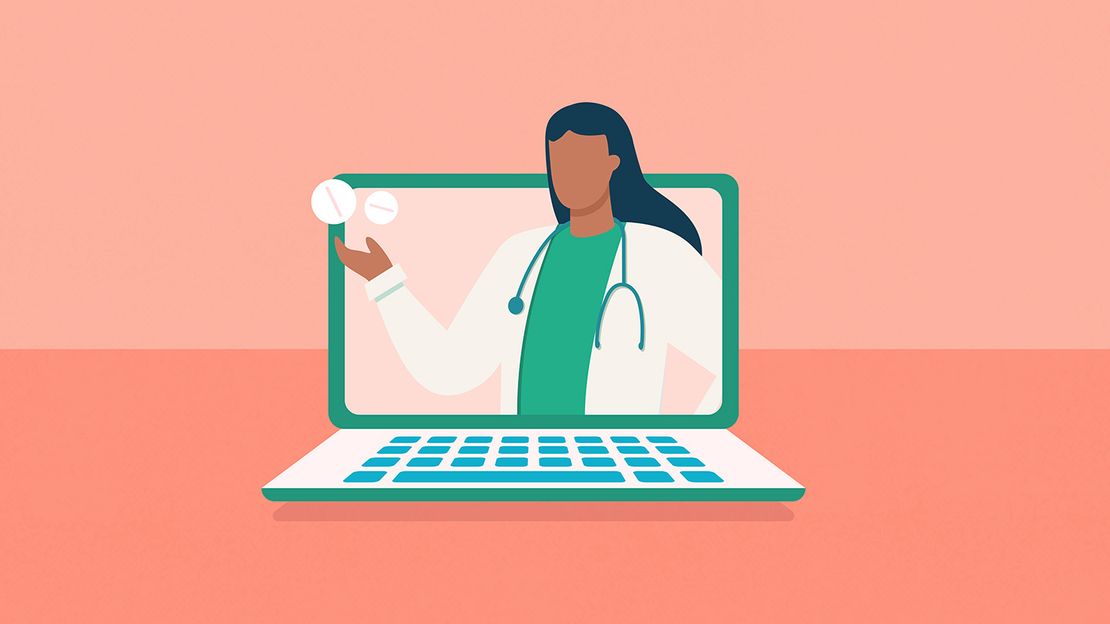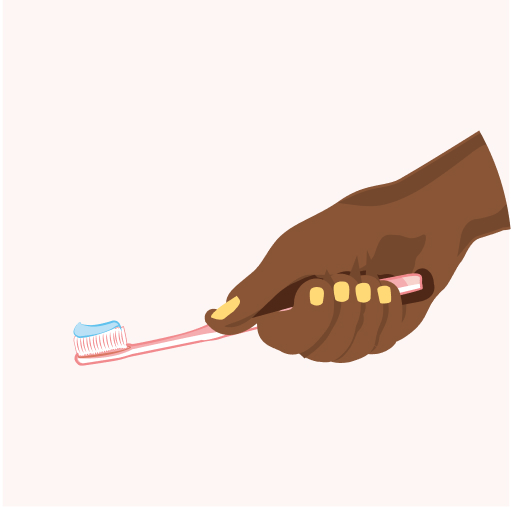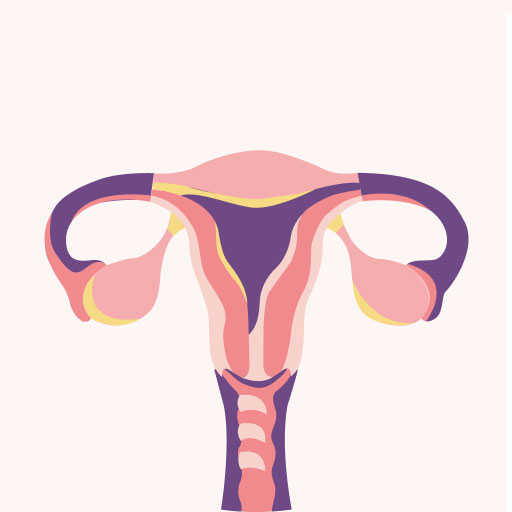
What to Know About Self-Managed Abortions and Resources to Support
What is self-managed abortion?
Self-managed abortion is when a person chooses to induce their own abortion outside of a medical setting. This is how most abortions have happened throughout history.
Self-managed abortion through medication (also called “abortion pills”)
There are many different ways to induce abortions outside of clinical settings, including taking what are commonly referred to as “abortion pills” or “medication abortion”: mifepristone and misoprostol. Using this combination of tablets is effective in the first trimester of pregnancy and extremely safe (safer than both tylenol and viagra).
- Mifepristone blocks the hormone progesterone, which is needed to maintain a pregnancy. The uterine lining begins to break down.
- Misoprostol causes the cervix to soften and the uterus to contract to expel its contents.
For the most effective use of the pills, it is recommended that they are taken together, though it is possible to have a safe, effective abortion with mifepristone or misoprostol only (the latter is more common than the former).
Before a self-managed abortion
-
- Confirm pregnancy through a urine test or ultrasound. (All urine pregnancy tests are equally effective unless expired.)
- Confirm they are less than 12 weeks pregnant (84 days since first day of last menstrual period).
- Make a plan (e.g., childcare arrangements, take the day off work, identify a comfortable place) and have someone with them throughout the process
- Should not have any contraindicating illnesses or an IUD
- Have a reliable way to get to hospital in 2 hours or less*
- Must choose abortion of their own free will
* Accessibility to hospitals is not politically neutral and there are different barriers to accessing hospital care
What to have on hand:
- Pads
- Ibuprofen
- Anti-nausea meds
- Thermometer
- Hot water bottle, electric heating pad, something similars
- Stuff to read or activities: books, zines, magazines, coloring Books
- Snacks
- Lip balm
How to use mifepristone and misoprostol together:
A person will need:
- 1 mifepristone (200 mg)
- 4 misoprostol (200 mcg each)
- Swallow the mifepristone with water
- Wait 24 hours
- Place 2 misoprostol between cheek and gum on each side (4 pills total) of the mouth and let the pills dissolve for 30 minutes without eating or drinking anything. After 30 minutes, anything left in the mouth should be swallowed.
How to use misoprostol only:
A person will need:
- 12 misoprostol (200 mcg each)
- Place 4 misoprostol under the tongue and let the pills dissolve for 30 minutes. After 30 minutes, if the pills haven’t fully dissolved, a person should swallow what’s left.
- Wait 3 hours
- Place 4 misoprostol under the tongue and let the pills dissolve for 30 minutes. After 30 minutes, if the pills haven’t fully dissolved, a person should swallow what’s left.
- Wait 3 hours
- Place 4 misoprostol under the tongue and let the pills dissolve for 30 minutes. After 30 minutes, if the pills haven’t fully dissolved, a person should swallow what’s left.
(Essentially: Repeat steps 1 and 2 a total of 3 times, until all the pills have been taken, waiting 3 hours between each dose.)
Tips:
- Some people may want to take ibuprofen and anti-nausea meds before taking their first dose of misoprostol.
- Pads are recommended for the misoprostol portion of the regimen, as it will cause bleeding. Some spotting may occur due to the mifepristone.
- It is recommended that people self-managing their abortion do not drink alcohol or take drugs during the process, as they need to pay attention to their body.
After a self-managed abortion:
Most people can expect the following side effects within 1 to 7 hours of using misoprostol:
- Nausea
- Vomiting
- Diarrhea
- Fever
- Headaches
- Chills
- Cramps
- Bleeding* and passing blood clots up to the size of a lemon
* most people experience bleeding for a few days to a few weeks
Tips:
- Pads, pads, pads!
- Ibuprofen is a good medicine to cope with pain. For ibuprofen that is 200 mg-strength, take 3 to 4 pills every 6 to 8 hours.
- The person can drink and eat as they like.
- The person should try to stay in a comfortable place until they feel better.
- Most people feel better in less than 24 hours.
After the abortion:
- Nothing (tampons, fingers, penises, etc.) should go inside the vagina for at least 2 days after the abortion, as this can lead to infection
- After 3 weeks, a pregnancy test should be taken to make sure the abortion was successful (testing early could lead to a false positive, as pregnancy hormones may still be present in the body)
- Abortion is not contraception. For sexual intercourse after an abortion, contraception is still necessary to avoid pregnancy
Signs of a problem and that medical attention should be sought:
- Soaking 2 regular pads per hour for 2 hours in a row after the pregnancy is believed to have been passed. This is very heavy bleeding and medical attention should be sought. Soaking means that the pad is completely soaked through with blood, front-to-back, side-to-side, and through-and-through.
- Blood clots larger than a lemon
- Severe dehydration
- Extreme pain that does not get better even after taking ibuprofen. This kind of extreme pain may mean that there is a complication related to the pregnancy. Unresolved pain that is not relieved by ibuprofen can be a danger sign.
- It is normal to have a fever, nausea, and vomiting the day misoprostol is taken. Each day after, the person should feel better and better. If the person feels more sick any day after the day of taking misoprostol, medical attention should be sought.
- A fever of more than 100.4 degrees Fahrenheit for more than 24 hours, OR
- A fever of more than 102.2 degrees Fahrenheit for any length of time
* If seeking medical care, the person does not need to disclose to any medical professional that they took the pills. A miscarriage and an abortion are physiologically indistinguishable.
Frequently asked questions:
Q: Is there a recommended weight limit with medication abortions similar to the morning after pill?
A: No, there is no recommended weight limit with mifepristone or misoprostol.
Q: I heard that you can use misoprostol vaginally, is it okay to do that instead?
A: Following the World Health Organization, it is recommended that misoprostol be taken orally. It is also less detectable orally, as everything dissolves/is swallowed.
Q: If I need to go to the hospital, what will happen?
A: There is no physiological difference between an abortion and a miscarriage.
Q: If I am breastfeeding/chestfeeding, can I have a medication abortion?
A: Yes, it is safe for a person to breastfeed/chestfeed and have a medication abortion. Misoprostol may cause diarrhea in infants.
Q: Will I be able to get pregnant again after a medication abortion?
A: Medication abortions do not affect a person’s ability to get pregnant.
For more frequently asked questions and answers, visit Aid Access.
You can find an info sheet on self-managed abortion here, and a zine on the topic here.
All information has been combined, adapted, researched, and more from: Self-Managed Abortion; Safe & Supported, Youth Abortion Support Collective, Women Help Women, Plan C Pills, Aid Access, Bay Area Doula Project, NYC for Abortion Rights, and Reproductive Justice Collective at Columbia University and New York City. We are so thankful for their work!
Criminalization of self-managed abortion
Currently, only South Carolina has laws in effect that specifically criminalize self-managed abortion. However, between the years 2000 and 2020, there have been 61 cases of people across 26 different states being “criminally investigated or arrested for allegedly self-managing their own abortions or helping someone else do so.… The majority of people who were criminalized self-managed exclusively with medication abortion and were living in poverty. People of color were disproportionately represented when compared to the larger population. And 74% of the adult cases involve the criminalization of the person for self-managing their own abortion, whereas 26% involved people helping others self-manage.” (Laura Huss, “New Report Tracks Criminal Prosecutions of Self-Managed Abortions,” NPR, August 9, 2022)
With the Dobbs decision, more people are expected to be arrested and imprisoned for exercising their right to reproductive autonomy or, in some cases, experiencing unintentional pregnancy loss. It is also likely that more states will pass legislation that criminalizes self-managed abortion.
If someone needs to seek medical care related to a self-managed abortion, the person does not need to disclose to any medical professional that they took abortion pills. A miscarriage and an abortion are physiologically indistinguishable, and many people are reported by medical professionals.
It is always important to be cautious when sharing information on self-managed abortion, even in states like New York.
Services directories:
- INeedANA: in-clinic abortions
- Practical support organizations in your area: support for travel, childcare, lodging, etc.
- National Abortion Federation: find a provider
- Abortion Care Network: Abortion Care Network’s independent clinics by state
Medication abortion:
- Plan C: medication abortions
- Aid Access: medication abortions
- M + A hotline: hotline of pro-abortion clinicians offering medical advice to those self-managing their abortion
- Orgs doing advanced provision of medication abortion (providing abortion pills before a pregnancy): Aid Access, Choix
- How to use abortion pills video (available also in Spanish)
Counseling:
- Reprocare Healthline: emotional support
- All-Options: pregnancy decision support
- Exhale: post-abortion support
- Faith Aloud: clergy support
- Abortions Welcome: spiritual support
- Pregnancy options workbook
Legal:
- Repro Legal Helpline: legal questions
- Repro Legal Defense Fund: legal aid and support
Info sheets:
More Content
LGBTQIA+ Health
Navigating Safer Sex as a Black Queer Woman
For Black queer women, navigating safer sex...











